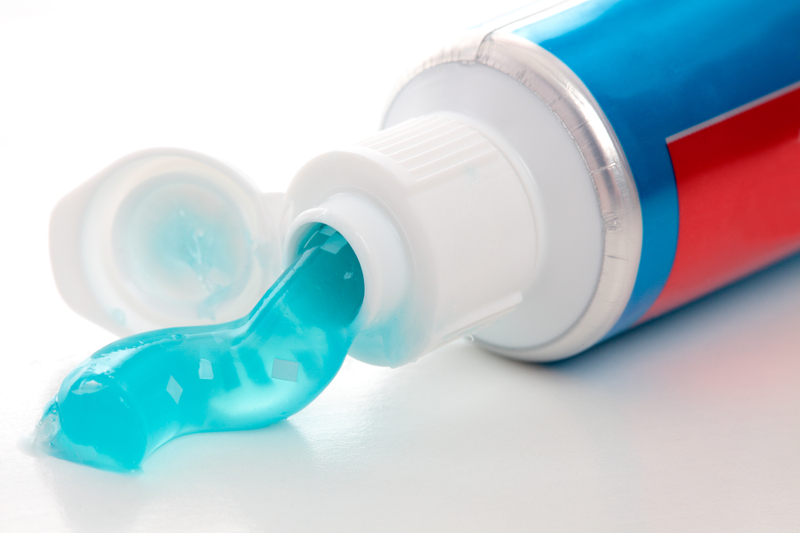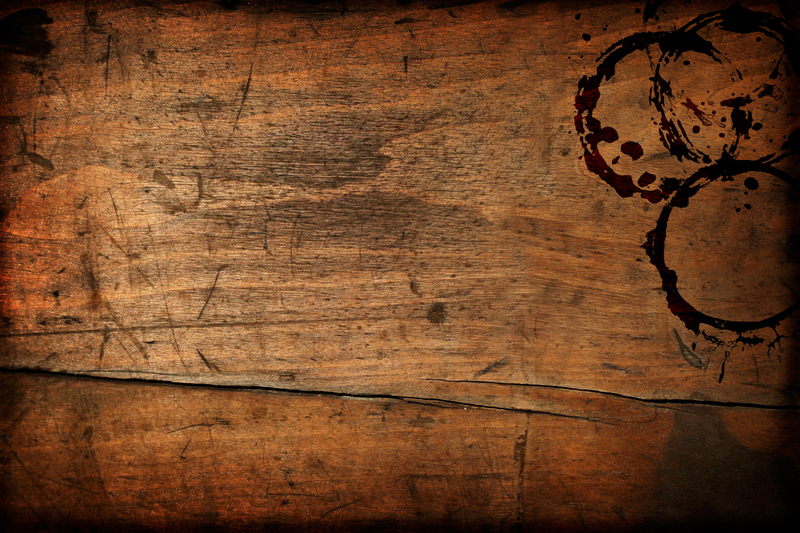Finding Hidden Mold
Posted on 01/07/2025
Mold is a common issue faced by many homeowners, though its stealthy growth can make it difficult to detect. When mold thrives, it can adversely impact health and deteriorate the quality of living spaces. Therefore, locating and addressing hidden mold is crucial. This article aims to provide an extensive guide on how to find hidden mold in your home, emphasizing the significance of early detection and eradication. We will delve into the essential signs, detection methods, preventive measures, and solutions to tackle mold effectively.
Understanding Mold and its Impact
Mold is a type of fungus that grows in moist environments. While visible mold can easily be spotted and managed, hidden mold often goes unnoticed until it becomes a severe problem. Mold typically releases spores into the air, which can be inhaled and affect respiratory health. Prolonged exposure to mold can trigger allergic reactions, asthma attacks, and other respiratory conditions, making it imperative to identify and remove mold as swiftly as possible.

Common Causes of Hidden Mold Growth
Moisture and Humidity
The primary cause of mold growth is moisture. Leaky roofs, broken pipes, and even high humidity levels can create the perfect breeding ground for mold. Condensation on windows or walls also indicates higher moisture levels that contribute to mold growth.
Poor Ventilation
Homes with inadequate ventilation can trap moisture in various areas, facilitating mold development. Bathrooms, kitchens, and basements are particularly vulnerable if not properly ventilated.
Water Intrusion
Incidents like flooding, leaks, or spills can introduce excess water into your living space. If not dried thoroughly, this water can seep into walls, floors, and carpets, becoming a haven for hidden mold.
Identifying Hidden Mold: Signs to Watch For
Musty Odor
Mold often produces a distinctive musty odor. If you notice an unusual smell, especially in areas prone to moisture, it could point to hidden mold.
Discoloration and Stains
Look for unusual spots or discoloration on walls, ceilings, or floors. These stains might appear green, black, or even white, depending on the type of mold.
Health Symptoms
Continuous respiratory issues, allergies, sneezing, coughing, and itchy or watery eyes are strong indicators of mold presence. If symptoms improve when you leave home, but return upon entering, hidden mold could be the culprit.
Peeling Paint or Wallpaper
Peeling, bubbling, or cracked paint and wallpaper might signify moisture damage behind the surface, which can hide mold growth.
Methods to Detect Hidden Mold
Professional Mold Inspection
Hiring a professional mold inspector is one of the best ways to identify hidden mold. They use specialized tools to detect moisture levels and mold spores, providing a thorough analysis of affected areas.
Home Testing Kits
Home mold testing kits are available for detecting mold presence. While these kits might not be as precise as professional inspections, they can give you an initial assessment.
Infrared Cameras
Infrared cameras are excellent tools to detect moisture levels and potential mold growth. These devices can identify temperature variations, signaling areas where mold might be thriving.
Borescope or Endoscope
A borescope or endoscope can help examine tight or hidden spaces, such as inside walls or under flooring. These tools allow you to see mold development in hard-to-reach areas.
Steps to Remove Hidden Mold
Identify and Repair Moisture Sources
First, address the moisture sources contributing to mold growth. Repair leaks, improve ventilation, and maintain humidity levels below 60% to prevent mold resurgence.
Contain the Area
Seal off the affected area to prevent mold spores from spreading during the removal process. Use plastic sheeting and duct tape to isolate the space.
Protect Yourself
When handling mold, wear protective gear such as gloves, masks, and goggles to minimize exposure to mold spores. This is particularly important for those with respiratory issues or mold allergies.
Remove Contaminated Materials
Discard porous materials that are heavily contaminated with mold, as they are challenging to clean thoroughly. Non-porous surfaces can be cleaned with detergent and water or specialized mold removal products.
Dry the Area
Ensure the affected area is thoroughly dried to prevent mold from returning. Use fans, dehumidifiers, and ventilation to speed up the drying process.

Preventing Future Mold Growth
Maintain Proper Ventilation
Ensure good ventilation in areas prone to moisture, such as bathrooms, kitchens, and basements. Use exhaust fans, dehumidifiers, and open windows to reduce humidity levels.
Regular Inspections
Conduct regular home inspections to identify potential moisture sources and mold-prone areas. Early detection can prevent minor issues from becoming significant problems.
Use Mold-Resistant Products
Consider using mold-resistant products, such as mold-resistant drywall and paint, in high-moisture areas. These products can help inhibit mold growth from the outset.
Quick Response to Water Intrusion
Address water leaks, spills, and floods immediately by drying and cleaning the affected areas. The faster you respond, the less likely mold will have a chance to form.
Conclusion
Hidden mold is an insidious guest that can wreak havoc on health and home alike. Understanding the common causes, signs, and detection methods for hidden mold is crucial in maintaining a safe and comfortable living environment. Preventive measures, regular inspections, and immediate actions are essential to keeping mold at bay. When in doubt, seeking professional help is always a prudent choice, ensuring that mold is effectively and safely managed.
By staying vigilant and proactive, you can protect your home and health from the adverse effects of hidden mold, fostering a living space that is clean, healthy, and mold-free.




